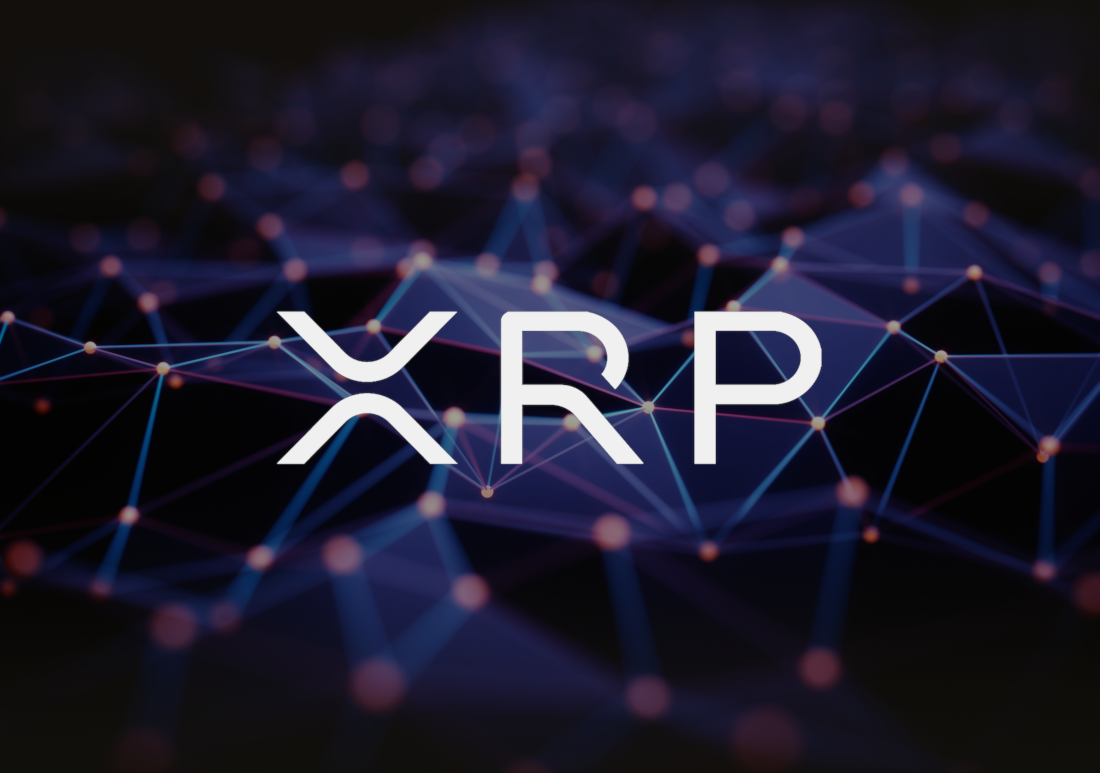A lot of people often confuse Ripple with XRP, even though they are entwined up to a certain degree. Ripple is the parent company responsible for developing its native asset and the blockchain technology powering their infrastructure. However, the XRP asset should never be named Ripple, as XRP is its official name at all times.
The XRP Mystery Unraveled
In the financial world, there is a company which goes by the name of Ripple. It is a project which tries to bridge the gap between traditional finance and blockchain technology. Some of its in-house developed projects include xRapid – for faster cross-border transactions – as well as Ripplenet, the liquidity network which has been of great interest to a lot of service providers. Both of these technologies make use of the native XRP asset.
The main reason why Ripple introduced its own native asset is to cater to the enterprise industry. XRP can be a valuable tool for banks and payment providers in terms of supplying a reliable and on-demand option to source liquidity. Especially when it comes to cross-border payments, XRP has a lot of potential when being used by different types of users.
Use cases for XRP are not difficult to envision. For banks, this native asset can source on-demand liquidity in real-time without having to rely on pre-funded accounts. This is a pretty big deal for the banking industry, as cross-border payment liquidity has always been a relatively big problem to overcome. The current solutions often introduce either high fees, lengthy delays, or both.
Payment providers can tap into XRP to expand into new markets. This is a global asset after all, which confirms it can be used in any part of the world without friction. Combined with its lower foreign exchange costs and faster payment settlement, it is clear XRP is not a traditional cryptocurrency by any means. At the same time, it offers some traits often attributed to the likes of Bitcoin, yet in a more comfortable “package” for banks and service providers to embrace.
One important aspect of XRP is how well it performs when the network is put under a lot of stress. In its current form, it is possible to process 15,500 XRP transactions per second without running into real problems. There is still a long way to go compared to Visa’s throughput, although Ripple is confident their technology and the XRP asset can effectively bring some stiff competition in this department.
Even though XRP can be traded against most cryptos, it is not a cryptocurrency in itself. In fact, it shouldn’t even be considered as such, as it clearly serves a very different purpose compared to Bitcoin or Ethereum. XRP has started to gain traction in the markets Ripple wants to impact over the coming years, although there is still plenty of work to be done. Addressing global liquidity bottlenecks will be an ongoing process for quite some time to come.
Image(s): Shutterstock.com

